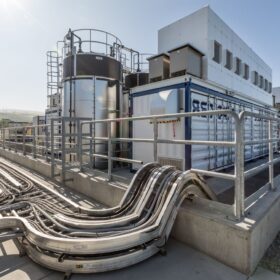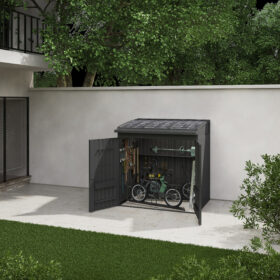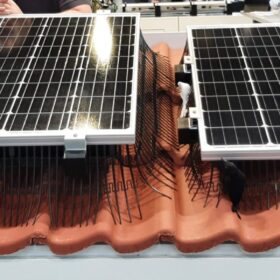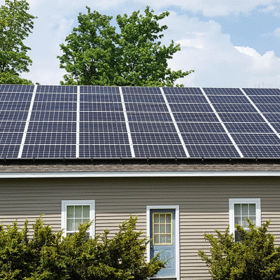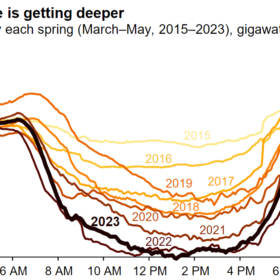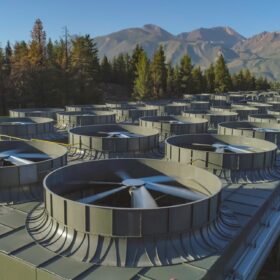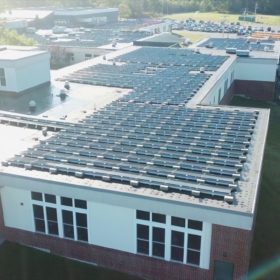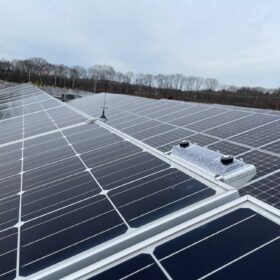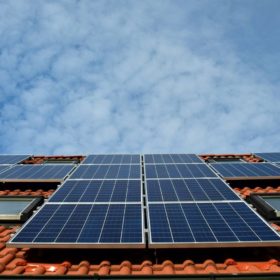Sumitomo reveals testing results of redox flow battery project in California
Sumitomo says that its 2MW/8MWh vanadium redox flow battery achieved a 99% operating rate at San Diego Gas & Electric’s (SDG&E) facility in California. The battery is expected to retain a capacity rate of 90% or more for 20 years in the electricity market.
Electric lawn equipment stored in a solar-powered tool shed
SunVilla announced the launch of its Smart Yard power station, a 6.4 kWh power capacity semi-solid state battery system which features a 3.8 kW output from batteries and 100-200 Watt solar modules mounted on a tool shed to charge electric systems and provide storage for lawn equipment.
Active grid-scale energy storage projects across the U.S.
Energy storage supports a grid increasingly defined by renewable energy. pv magazine USA recaps three recent project updates in grid-scale storage.
The rapid expansion of small-scale, distributed-generation solar
Small-scale PV systems drove the installation of more than 200 GW of solar capacity last year and could support more than 300 GW this year. That means a reset for utilities.
Michigan energy storage bills can serve as a model for the nation
Passing these bills would make the state among the most ambitious in the Midwest when it comes to growing storage capacity and encouraging business models that unlock the full potential of this technology, like the “virtual power plant” model.
Sunrise brief: California’s electricity duck curve is deepening
Also on the rise: First Solar secures 1 GW module order. DOE advances $1 billion of $7 billion clean hydrogen strategy. And more.
San Diego Community Power inks solar-plus-storage deal with Ormat
The community choice aggregator entered a 20-year power purchase agreement for the 42 MW solar, 140 MWh storage project, located next to an existing Ormat Technologies geothermal facility.
DOE provides $178 million to schools to lower energy costs and emissions
As Part of the Investing in America Agenda, the funding will benefit about 74,000 students in 97 school buildings.
50 states of solar incentives: Hawaii
Solar represents 17.25% of the island state’s power mix. At the end of 2022, Hawaiian Electric had achieved 32% of its renewable procurement standard goal of becoming fully renewable powered by 2045.
Sunrise brief: The missing ingredient in U.S. solar policy
Also on the rise: The energy transition is off-track, says IRENA. Solar group petitions to suspend Dominion Energy interconnection rules. And more.
